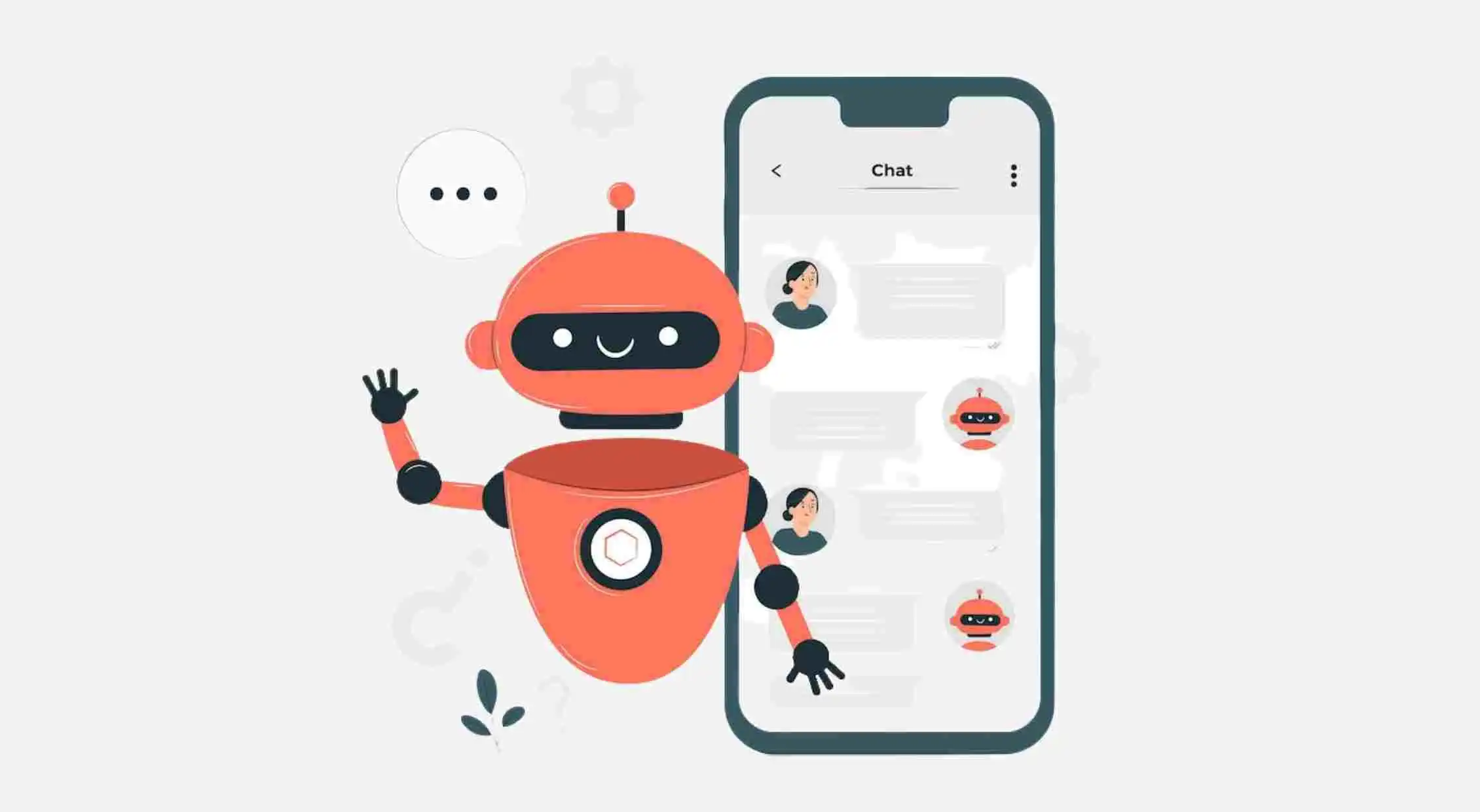In the realm of digital interactions, chatbots have emerged as indispensable tools for businesses seeking to engage and assist their customers. However, to truly stand out and provide exceptional user experiences, chatbots must go beyond mere functionality and embrace personalization. Let's explore some powerful techniques for personalizing chatbot interactions and enhancing user satisfaction.
Understanding user intent is foundational to effective personalization in chatbots. By leveraging natural language processing (NLP) and machine learning algorithms, chatbots can analyze user queries and discern their underlying intent. This allows chatbots to provide relevant and contextually appropriate responses, leading to more meaningful interactions and greater user satisfaction.
Segmentation is a key strategy for personalizing chatbot interactions based on user attributes or behaviour. By segmenting users into groups based on factors such as demographics, preferences, or past interactions, chatbots can tailor their responses and recommendations to better meet the needs of each segment. For example, a chatbot for an e-commerce platform could offer different product recommendations based on a user's browsing history or purchase patterns.
Personalizing the tone and style of communication is essential for creating a more human-like interaction with chatbots. Depending on the brand's voice and the user's preferences, chatbots can adopt different tones, ranging from formal and professional to casual and conversational. This flexibility allows chatbots to adapt their communication style to match the user's personality and preferences, fostering a deeper connection and rapport.
Utilizing user data and historical interactions is another powerful technique for personalizing chatbot experiences. By accessing data from CRM systems, previous chat logs, or user profiles, chatbots can provide personalized recommendations, reminders, or follow-up messages tailored to each user's specific needs and interests. For example, a chatbot for a fitness app could remind users of their upcoming workouts or provide personalized nutrition tips based on their fitness goals.
Dynamic content delivery allows chatbots to adapt their responses in real-time based on user input or contextual cues. By incorporating dynamic elements such as product carousels, interactive buttons, or personalized offers, chatbots can provide more engaging and relevant content to users. This not only enhances the user experience but also increases the likelihood of conversion or action.
Predictive analytics can further enhance personalization in chatbots by anticipating user needs and preferences before they are explicitly expressed. By analyzing historical data and user behaviour patterns, chatbots can predict the user's next likely actions or queries and proactively provide relevant information or assistance. For example, a chatbot for a travel agency could suggest destination recommendations or travel packages based on the user's past travel history or interests.
Contextual awareness is critical for personalizing chatbot interactions and maintaining continuity across multi-turn conversations. Chatbots should be able to remember previous interactions, understand the current context, and adapt their responses accordingly. This allows chatbots to provide more relevant and helpful assistance, avoiding repetitive or disjointed conversations that can frustrate users.
Empowering users to personalize their chatbot experience can also enhance satisfaction and engagement. By allowing users to customize their preferences, settings, or notification preferences, chatbots can cater to individual preferences and priorities. For example, a chatbot for a news website could enable users to choose their preferred topics or sources, ensuring that they receive updates tailored to their interests.
In conclusion, personalization is key to creating engaging and effective chatbot experiences that delight users and drive desired outcomes. By understanding user intent, segmenting users, personalizing communication, leveraging data and analytics, delivering dynamic content, maintaining contextual awareness, and empowering users to customize their experience, chatbots can deliver personalized interactions that feel relevant, intuitive, and human-like. By embracing these personalization techniques, businesses can elevate the user experience and build stronger connections with their audience through chatbot interactions.

No comments:
Post a Comment